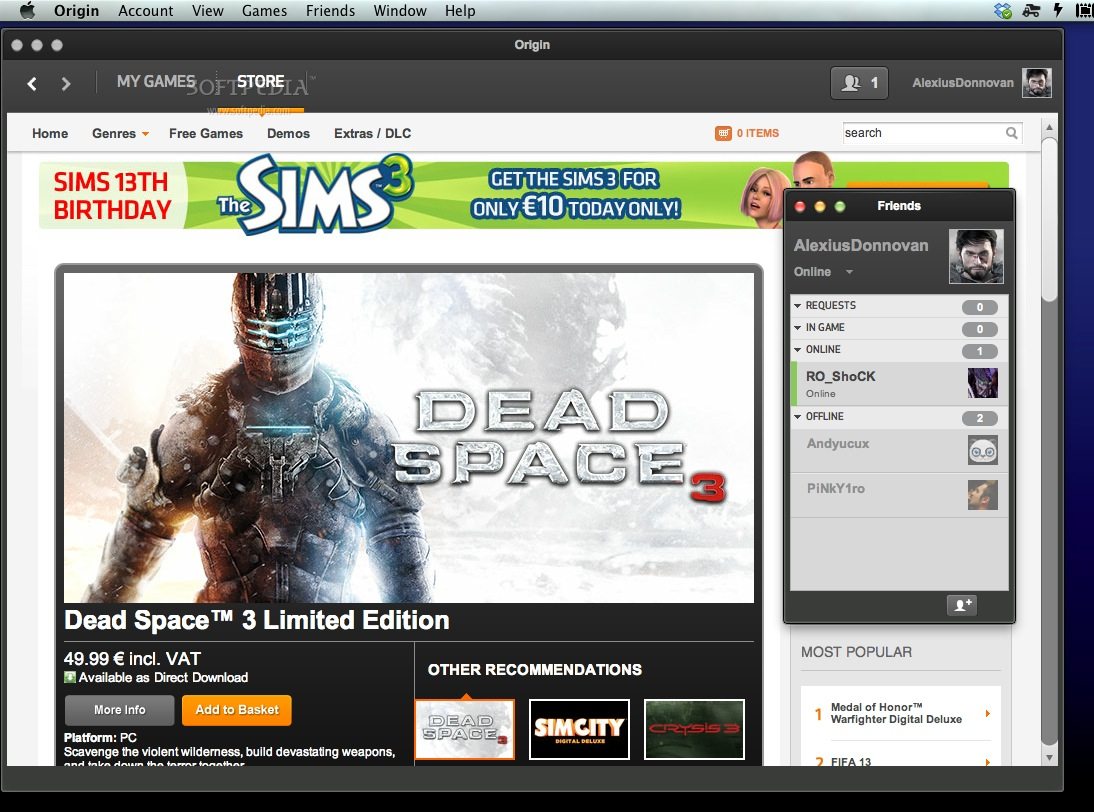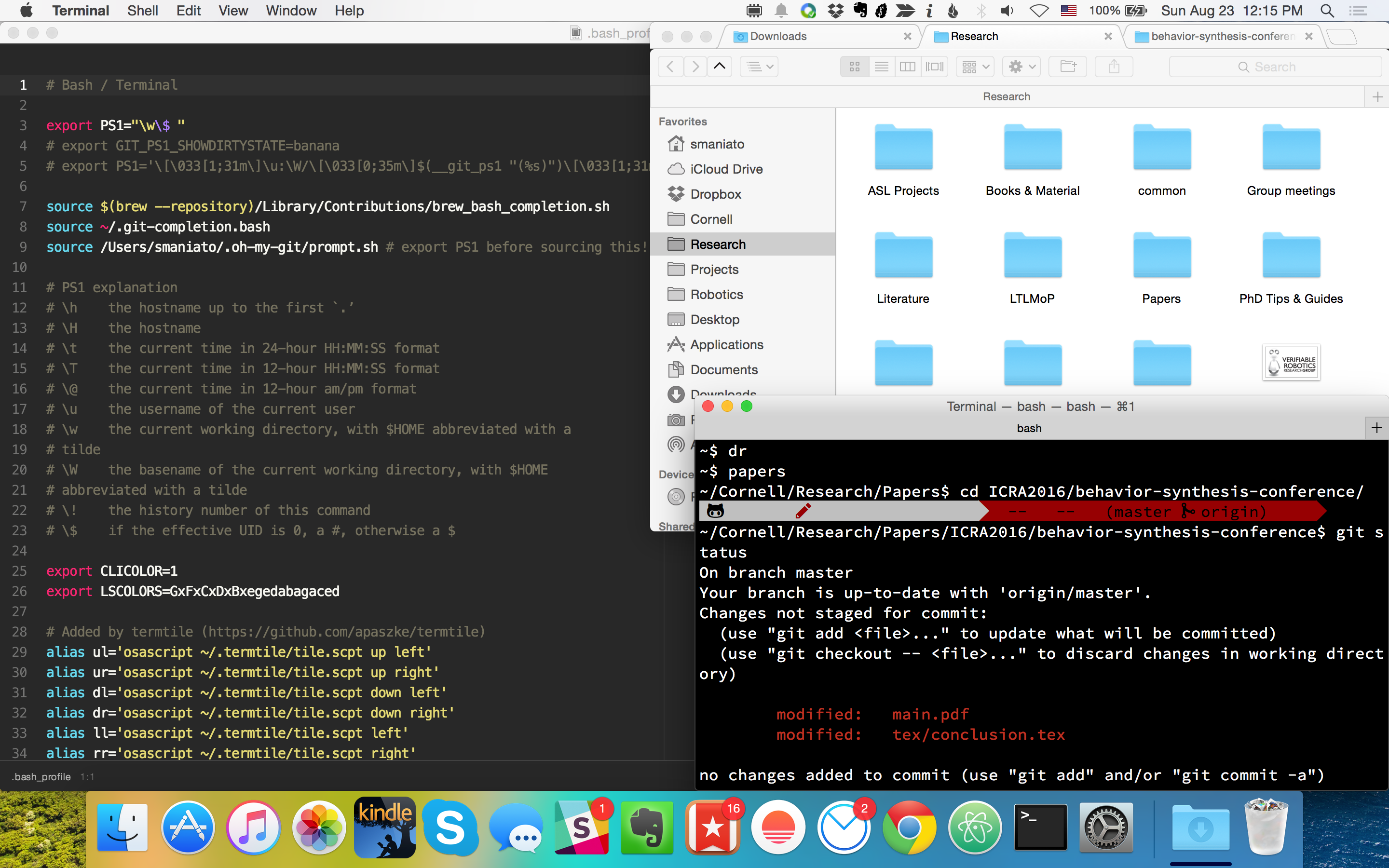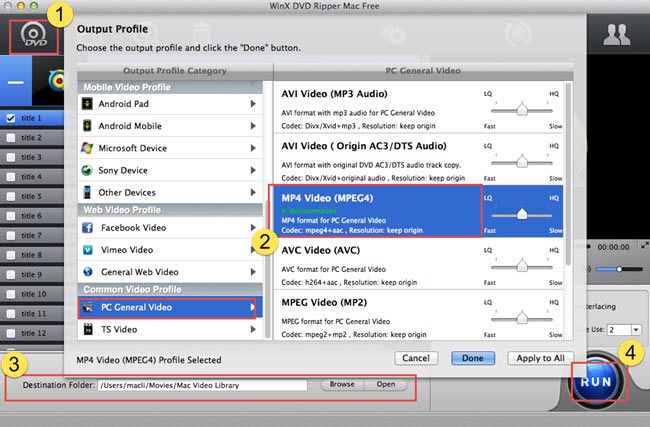Origin Mac Os X
- Complete history of Apple. Apple introduces System 7 operating system May. Apple introduces macOS X 10.7 code named Lion at the 'Back to the Mac' event on.
- MacOS (originally named 'Mac OS X' until 2012 and then 'OS X' until 2016) is the current Mac operating system that officially succeeded the classic Mac OS in 2001. Although the system was originally marketed as simply 'version 10' of Mac OS, it has a history that's largely independent of the classic Mac OS.
+ + Timeline of Key Features Added to Every Mac OS X Release to Date Posted on February 18th, 2016 by If you use a Mac, you take for granted a number of features that, when they were first added to the OS X, were pretty big deals. Features such as tabs in the Finder and in Safari, security features such as File Vault, apps like Face Time; all these were launched with a big fanfare and have settled into their place as stalwarts of OS X.

We've recently published a —it's fascinating to see when privacy features that we take for granted were added to the operating system. Below, we will take a look back at the many key features that have been added to OS X over the years. I'll skip all the security features, which are covered in the previous article.
Origin Download Mac Os X 10.7.5
2000-2001: The Early Days of Mac OS X While we're currently at OS X 10.11, there have actually been 13 versions of this operating system (originally called Mac OS X). The first two—the public beta and 10.0 Cheetah—didn't attract much attention. They were only for early adopters and developers, and average users didn't pay much attention to them, in part because they were quite incomplete. But when 10.1 Puma was released in September, 2001, OS X started its long march toward the future. Mac OS X was still optional at this point, and those with older Macs were better off avoiding it, but in January, 2002, Apple announced that OS X would become the default operating system for all future Macs. Significant:. OS X 10.5 Leopard began the use of ASLR (Address Space Layout Randomization) and expanded its use within both the system and applications through OS X 10.8 Mountain Lion.

Apple has added many key features to OS X over the years. Here is a timeline of features added to Mac OS X, from the early days of Mac OS X to OS X El Capitan. E crack pipe.
OS X 10.6 Snow Leopard added XProtect (‘File Quarantine’), Apple’s native anti-malware system. Apple began sandboxing aspects of OS X with 10.6 Snow Leopard and has been gradually tightening sandbox requirements in third party applications since that time. OS X 10.7 Lion added GateKeeper, which provides the protection of App Store vetting and approved Apple developer security certificates.
All of these features are critical to current OS X security, the core subject of this blog.
With in the Mac App Store, introduced in OS X Mavericks, Apple has made it easier than ever to keep your Mac up to date with the latest versions of apps and system files. Apple helpfully displays recently installed updates in the, but detailed information about software updates, not to mention logs of third party software obtained outside of the Mac App Store, isn’t readily visible to the user. For the typical Mac user, this lack of information is fine; most users don’t need to know when and how the latest version of Adobe Acrobat was installed. But power users, IT support staff, and those hoping to learn more about their Mac can find such information invaluable when auditing or troubleshooting issues in OS X. Thankfully, a full list of all software installed on your Mac is still available. You just need to know where to look. To find your app installation history in OS X, head to the System Information window (f.k.a. You can get there by clicking on the Apple icon in the Menu Bar, holding the Option key, and selecting System Information, or you can launch the System Information app located in Macintosh HD/Applications/Utilities/.

System Information provides a wealth of information about your Mac and operating system, including important details such as your Mac’s serial number and specific model identifier, memory type and configuration, attached USB and Thunderbolt devices, and the capabilities of your network interface. What we’re interested in, however, is Software. In the list of categories on the left of the System Information window, find Installations under the Software section. This window displays a complete list of all software currently installed on your Mac, including any updates. Simply browse the list on the top half of the window, click on an item to select it, and then view the details of that item in the bottom half of the window. Information available includes the name of the app or update, an available version number, the source of the app or update, and the date and time of its installation. You can click on any column header to sort the list by that column.
For example, clicking on the Install Date column will let you see the most recent installations first. While viewing software installations and updates via the System Information window isn’t as simple as looking at the “Updates Installed in the Last 30 Days” list found in the Mac App Store, it offers several advantages. First, it’s a complete list that includes all software regardless of source. The Mac App Store only shows you apps and updates obtained via the store itself. Second, it’s far more detailed, displaying the exact date, time, and version number (if available) of installed or updated software. The Mac App Store only displays the day an update or app was installed, which is less useful when trying to troubleshoot issues, especially if multiple apps or updates were installed on the same day. Most users won’t need to look at this list every day — the Mac App Store’s list is generally good enough for day-to-day tracking — but it’s good to know that this level of detailed information exists when it comes time to troubleshoot a compatibility issue or audit your Mac’s software before an OS X upgrade or major change to system configuration.
Want news and tips from TekRevue delivered directly to your inbox? Sign up for the TekRevue Weekly Digest using the box below. Get tips, reviews, news, and giveaways reserved exclusively for subscribers. Categories:. Tags: # # #.